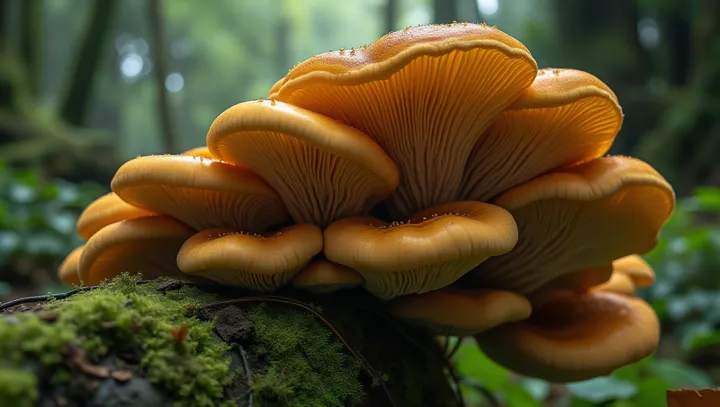Oregon's Immense Fungus: Nature's Hidden Giant

In Malheur National Forest, Oregon, resides the world's largest known living organism, a honey fungus scientifically named Armillaria ostoyae. This colossal fungus, often overlooked by the public eye, silently spreads its mycelial network underground, covering an astounding area of over 2,385 acres. The discovery of this large organism challenges the traditional notions of what constitutes a living entity.
The fungus, although largely invisible, plays a pivotal role in forest ecology, recycling nutrients and interacting with the ecosystem in complex ways. Researchers are intrigued by the sheer size and longevity of the honey fungus, estimated to be thousands of years old. "Armillaria's continuous growth and expansive coverage offers invaluable insights into fungal biodiversity and ecosystem dynamics," stated Dr.
Jane Thompson, a leading mycologist from the University of Oregon. Despite its benign appearance, the honey fungus can be a destructive force, capable of weakening and killing trees. This dual character sparks discussions on its ecological impacts, both beneficial and harmful, urging further studies to understand and balance its role in nature.
